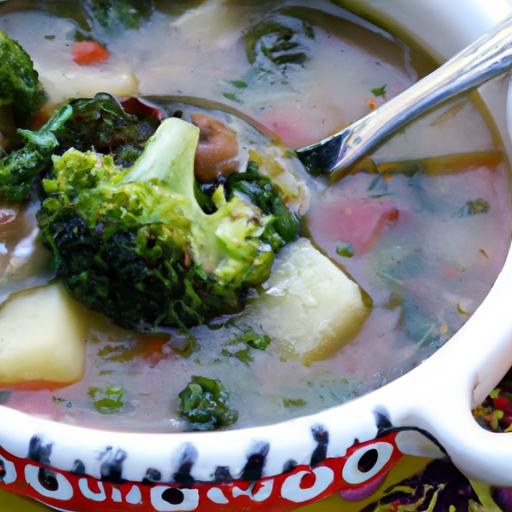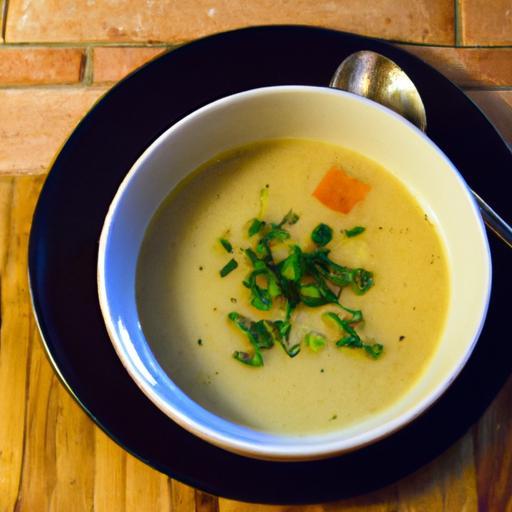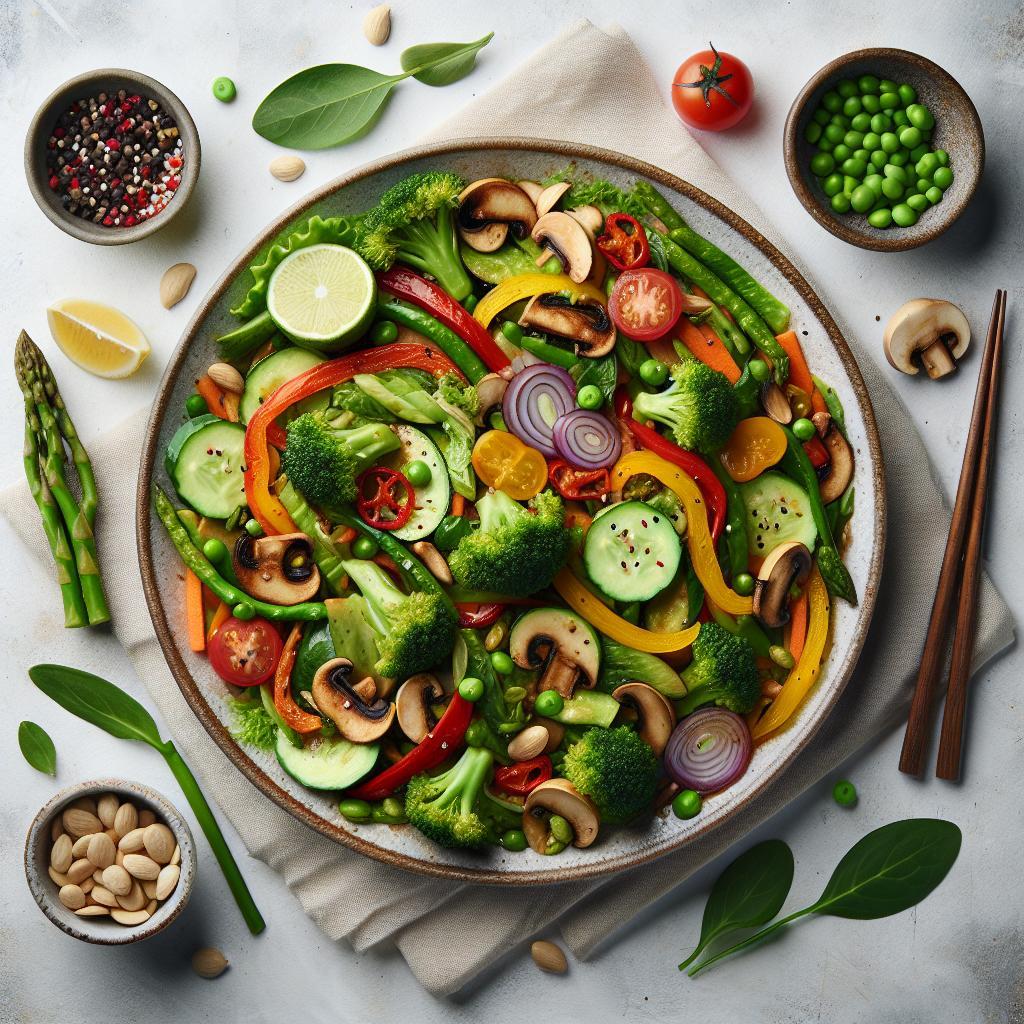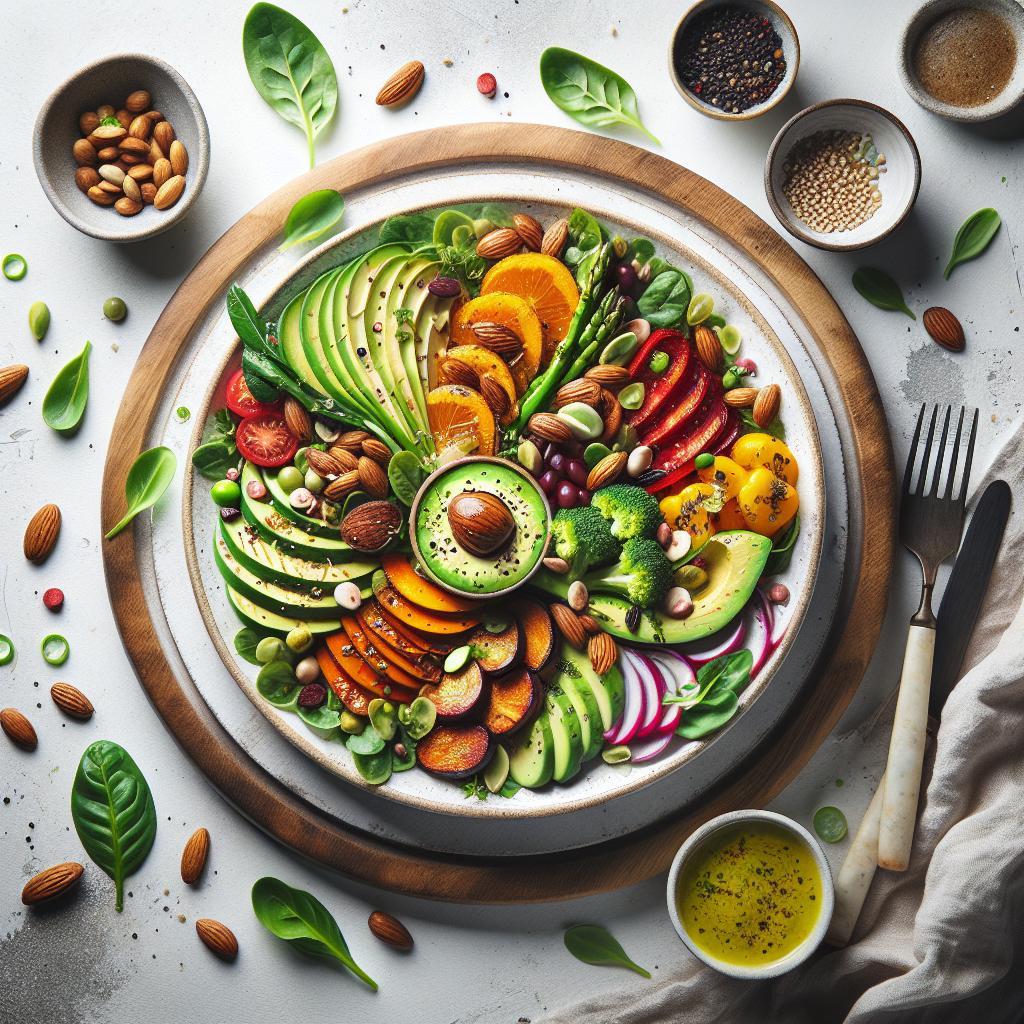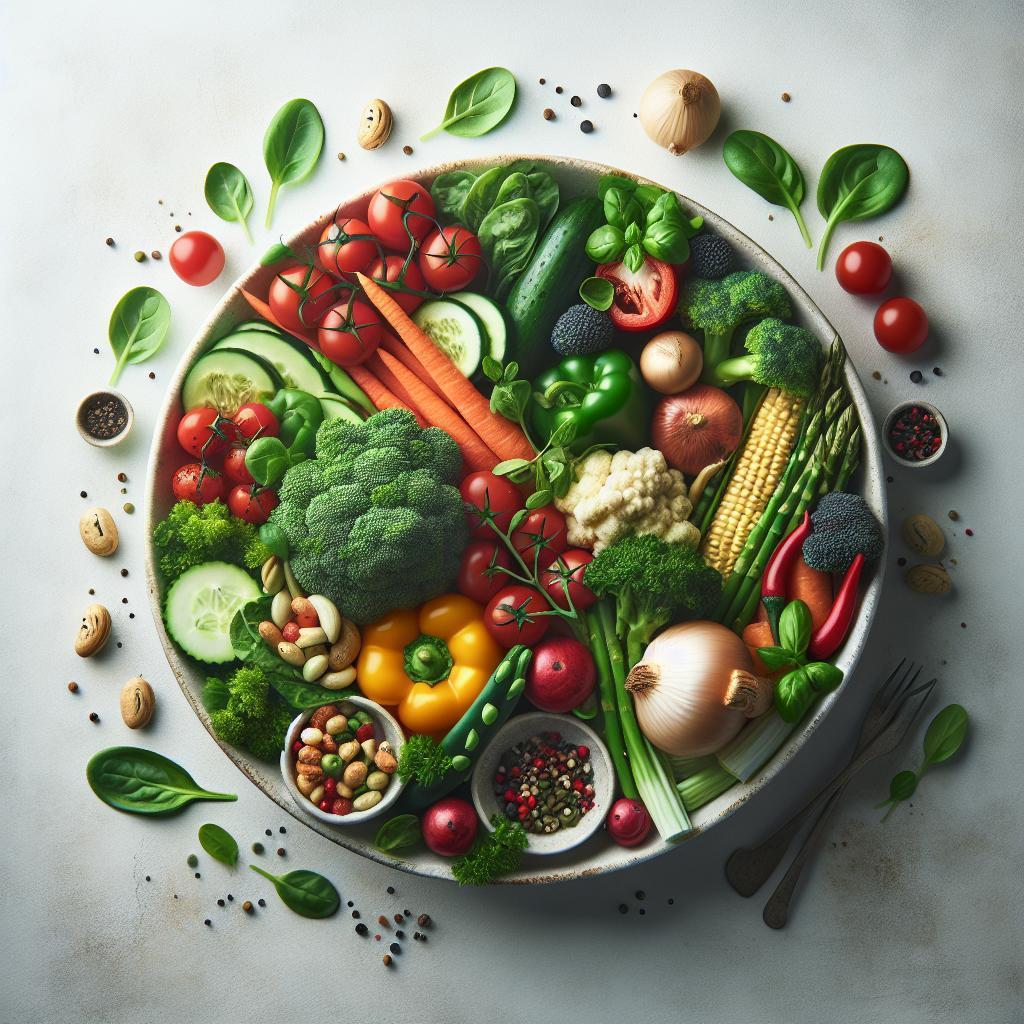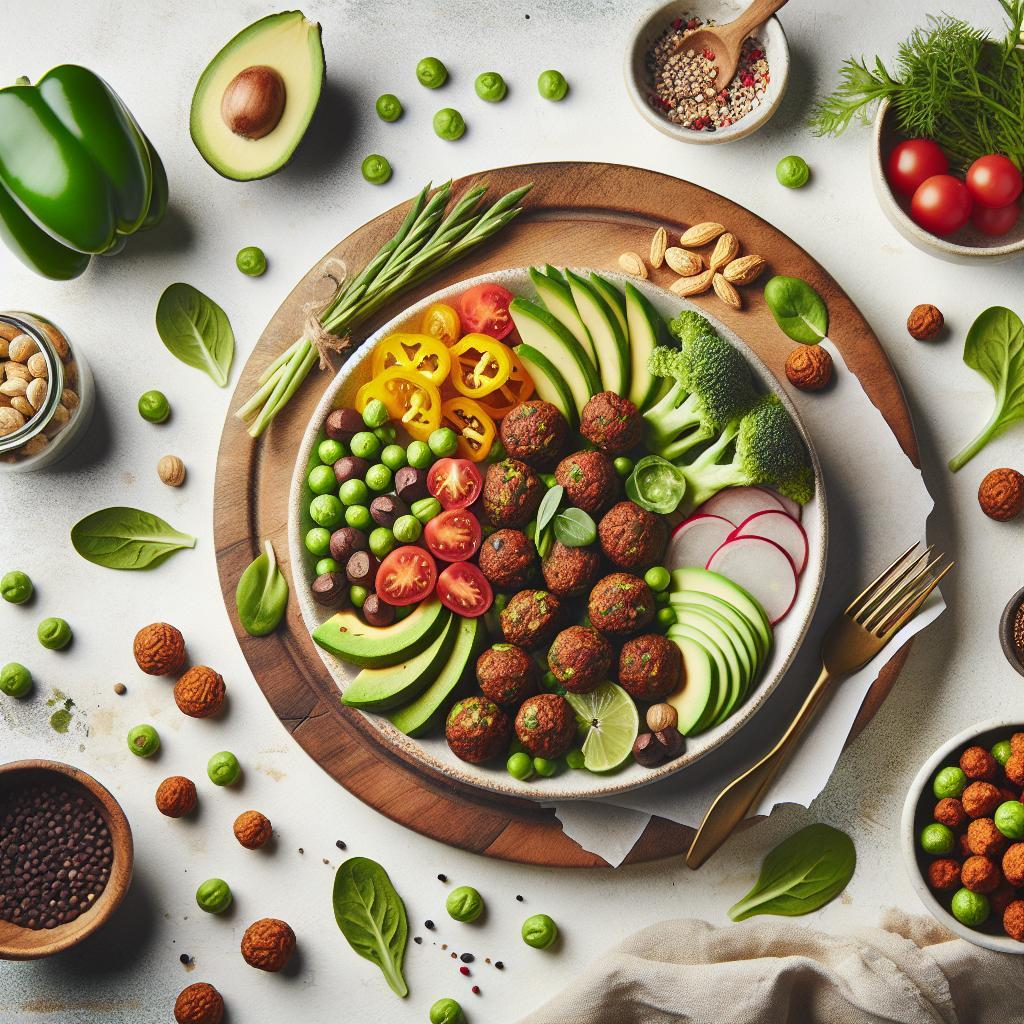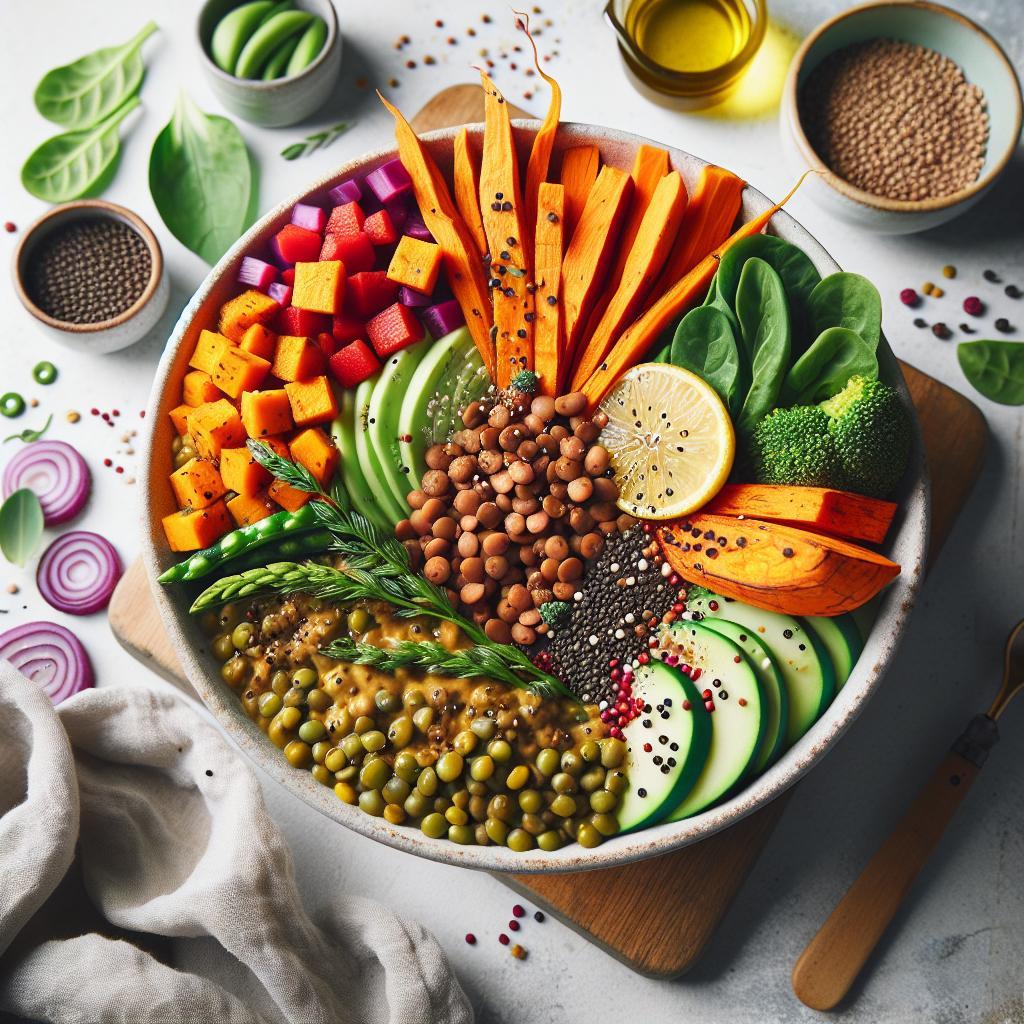There’s nothing quite as disappointing as eagerly anticipating a comforting bowl of homemade soup, only to be met with a bland, watery disappointment. You followed the recipe, chopped the veggies, and simmered away-so why does your quick vegan soup taste like, well, just water? If you’ve ever found yourself swirling a spoonful of your supposed “flavorful” creation with growing dissatisfaction, you’re not alone. The good news? This common culinary conundrum isn’t a lost cause. In this article, we’ll explore the sneaky reasons behind that watery taste and reveal simple, effective tweaks to transform your quick vegan soup from bland broth to mouthwatering masterpiece. Get ready to dive into a world of depth, richness, and vibrant flavor-without spending hours in the kitchen.
Why My Quick Vegan Soup Tastes Like Water-and How to Fix It
Why my quick vegan soup tastes like water is a common question for many plant-based cooks eager to create comforting bowls without hours of simmering. Often, the lack of depth and vibrancy in flavor comes from a few overlooked aspects, but with the right approach, you can transform a watery broth into a soul-satisfying masterpiece. By unlocking umami, introducing fresh herbs and spices, and making smart ingredient swaps, your plant-based soups will burst with both aroma and taste.
Prep and Cook Time
Preparation: 10 minutes | Cooking: 25 minutes | Total: 35 minutes
Yield
4 hearty servings
Difficulty Level
Easy
Ingredients
- 2 tablespoons olive oil
- 1 medium onion, finely chopped
- 3 cloves garlic, minced
- 2 medium carrots, diced
- 2 celery stalks, diced
- 6 cups vegetable broth (preferably homemade or low-sodium, umami-rich)
- 1 cup canned diced tomatoes
- 1 cup cooked white beans (cannellini or navy beans)
- 1 tablespoon soy sauce or tamari (for umami boost)
- 1/2 cup chopped fresh parsley
- 1 teaspoon smoked paprika
- 1/2 teaspoon dried thyme
- Freshly ground black pepper, to taste
- Salt, to taste
- Optional: 1/4 cup nutritional yeast for extra umami and richness
Instructions
- Warm the olive oil in a large pot over medium heat. Add the chopped onion, carrots, and celery, sautéing until softened and aromatic, about 7-8 minutes. Stir occasionally to prevent sticking.
- Add the minced garlic and cook for another 1-2 minutes until fragrant, careful not to burn it.
- Pour in the vegetable broth along with the canned diced tomatoes and cooked beans. Stir to combine, scraping up any browned bits from the bottom of the pot-this adds extra flavor.
- Season the soup with soy sauce, smoked paprika, and dried thyme. Stir well, then bring the soup to a gentle simmer. Let it cook uncovered for 15 minutes to marry the flavors.
- Adjust seasoning by tasting and adding salt and freshly ground black pepper as needed. For a richer umami punch, stir in the nutritional yeast just before removing from heat.
- Remove from heat and stir in the fresh parsley to add brightness and texture. Serve hot, garnished with a sprig of parsley or a drizzle of high-quality olive oil.
Tips for Success
- Use homemade or high-quality veggie broth: A watery soup often stems from flavorless stock. Simmering your own vegetable broth with kombu seaweed, mushrooms, and roasted vegetables can elevate your base.
- Boost with umami: Incorporate ingredients like soy sauce, miso paste, dried shiitake mushrooms, or nutritional yeast to deepen the savory notes.
- Fresh vs. dried herbs: Use dried herbs during cooking for foundational flavor; add fresh herbs at the end for vibrant color and aroma.
- Don’t skimp on aromatics: Onions, garlic, carrots, and celery form the flavor backbone. Cook them slowly to release their natural sweetness.
- Texture matters: Beans, diced vegetables, and fresh herbs introduce contrasting bites that make each spoonful interesting and satisfying.
- Make ahead: Soups often taste even better the next day. Store refrigerated for up to 4 days or freeze for up to 2 months.
Serving Suggestions
Serve your revitalized vegan soup in rustic bowls with a slice of crusty whole-grain bread or a side of garlic-roasted chickpeas for added crunch. Garnish with a sprinkle of freshly grated lemon zest to brighten the earthy flavors, or add a swirl of creamy coconut yogurt for subtle richness.

| Nutrition | Per Serving |
|---|---|
| Calories | 180 |
| Protein | 8g |
| Carbohydrates | 27g |
| Fat | 5g |
For more on umami and plant-based cooking techniques, check out our detailed guide on How to Build Umami Flavor in Vegan Dishes. To deepen knowledge around the science of flavor, visit the Harvard School of Public Health’s article on Understanding Umami: The Fifth Taste.
Q&A
Q: Why does my quick vegan soup taste like water?
A: Your soup probably lacks depth because it’s missing essential layers of flavor. When you rush through the process or skimp on key ingredients like aromatics, spices, or umami boosters, the result can be… well, watery and bland. Think of it as a canvas with too much white space-your taste buds aren’t getting enough to grab onto!
Q: What are common mistakes that lead to a watery-tasting vegan soup?
A: There are a few usual suspects:
- Using just plain water without any broth or flavor base.
- Skipping the sautéing of onions, garlic, or spices.
- Not seasoning enough with salt or herbs.
- Adding too many watery veggies without balancing richness or acidity.
- Cooking ingredients briefly so flavors don’t have time to meld.
Q: How can I fix a bland, watery vegan soup?
A: Start by building flavor from the ground up:
- Sauté onions, garlic, and spices before adding liquids to unlock aroma.
- Use vegetable broth or add a bouillon cube instead of plain water for a savory base.
- Incorporate umami hits like soy sauce, miso paste, nutritional yeast, tamari, or roasted mushrooms.
- Season gradually with salt and pepper, tasting often.
- Add a splash of acid-lemon juice or vinegar-to brighten the flavors at the end.
- Let the soup simmer longer to marry all the notes together.
Q: Are there quick hacks to boost my soup’s taste without extra cooking time?
A: Absolutely! A spoonful of miso stirred in at the end, a dash of smoked paprika, or a sprinkle of fresh herbs like cilantro or parsley can instantly wake up your soup. Also, stirring in a spoonful of nut butter or tahini adds creaminess and depth while keeping it vegan.
Q: What’s the key takeaway to avoid watery vegan soup in the future?
A: Flavor-building is your soup’s heartbeat. Even quick soups benefit from layered seasoning, a quality broth, and the magic of umami. Treat each step as an opportunity to infuse character, and your vegan creation will never taste like plain water again!
In Summary
In the end, transforming your quick vegan soup from a watery whisper to a flavorful shout is all about intention and balance. A few simple tweaks-boosting your aromatics, layering your spices, and simmering with patience-can turn that bland broth into a bowl bursting with character. Remember, great soup isn’t just about throwing ingredients together; it’s about coaxing their essence to dance harmoniously. So next time your pot looks more like flavored water, don’t be discouraged-consider it a blank canvas, waiting for your flavorful brushstrokes to bring it vividly to life. Happy cooking!